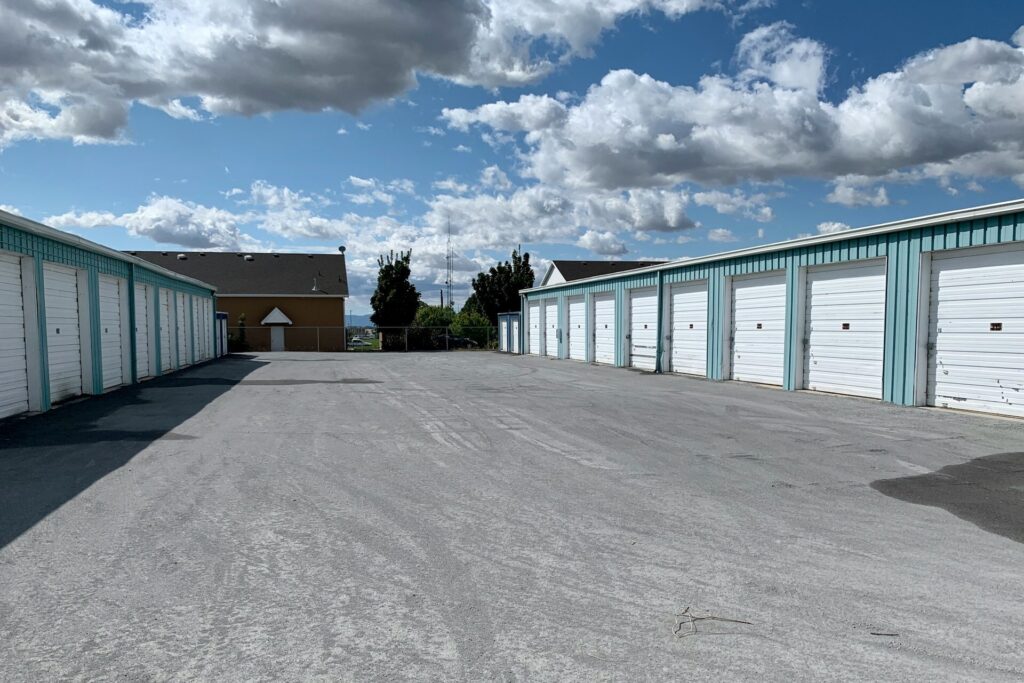We are reader-supported. When you buy through links on our site, we may earn an affiliate commission.
Passive real estate investing lets you put your money into tangible property without the extensive time management or risk involved in running multifamily rental structures. You don’t have an active role in managing the properties. Typically, someone with much more experience takes the helm, giving you the advantage of knowledge without the mistakes most first-time landlords make.
According to the United States Census Bureau, the rental vacancy rate in the second quarter of 2020 was 5.7%, meaning most investment properties have tenants. People always need somewhere to live, and many either can’t afford to buy or don’t want the responsibility of homeownership. This makes investing in real estate a smart move. Of course, houses aren’t the only way to invest in real estate. You could also go with a REIT focused on commercial ventures.
Pros and Cons of Passive Real Estate Investing
As with any investment, there are pros and cons to the passive real estate market.
- Pro: You don’t have the headache of maintenance or collecting rent. Keeping up on repairs and money collection is time-consuming.
- Con: The person managing the property may not be as diligent as you. They may not fully vet renters, who may damage your property or fail to pay what they owe.
- Pro: You can invest in real estate for less. For $500 or so, you can jump into the market. Because you’re sharing the costs with other investors, you don’t need as much money upfront.
- Con: Real estate has a high transaction cost, so it can be more difficult to turn a profit. You probably will make money with time, but it isn’t a fast return, such as with a house flip.
- Pro: Money gets pooled and investments diversified. It’s a relatively safe investment, so you aren’t likely to lose all your money. Even if one property is a bust, other buildings in the portfolio will be doing better.
- Con: Those doing the managing get a higher rate of return. You’ll make less than if you invested directly. Check to make sure the profits are equal or greater than what you might make with other ventures.
You won’t have to do the work involved with managing rentals, but you’ll also have less control and see fewer returns. There are pluses and minuses to passive investing. Only you know if the benefits outweigh the disadvantages.
Ways to Get Involved in Passive Investments
If passive real estate investment sounds like something you’d like to try, there are many ways to get involved. Some of them might surprise you.
1. Peer-to-Peer Investing
P2P or crowdsourcing is a way for investors to get enough funds together to buy property. Be sure you read the terms carefully to get a decent return on investment (ROI). Real estate is a long-term proposal, so if you tie up your money, you want to see it grow. There are several real estate crowdfunding sites.
2. Real Estate Investment Trusts
Another option is buying into REITs, which are set up like stock funds. You put your money in and may never fully know what properties you’ve invested in or any management details. Some REITs are more open than others and communicate frequently.
Pay careful attention to past payouts when investing in REITs. While they are required to pay out 90% to shareholders, not all companies do. There are many ways they can lower how much you receive.
3. Silent Partnership
If you want more profit but don’t want to manage rental property, team up with an experienced property manager. You put in some of the money for the investment and typically see a big chunk of the return. However, the other person or people do the majority of the day-to-day work required to run things.
4. Self-Storage Facilities
While not completely passive, owning a self-storage facility can remove a lot of the work involved with leasing property. A management team keeps things running and ensures only people who belong there get inside. They sign up new lessees and assign units.
One big drawback of letting someone else run your storage units is they might not care as much as you do about turning a profit. Get past this issue by offering profit-sharing to your management team.
5. Holding Liens
Any other type of investing requires more hands-on involvement than you might want to provide. There are ways to make money taking out notes and holding liens for property. However, you have to fully understand the laws in your area and ensure you follow the regulations carefully, or you risk losing every penny of your investment.
6. Property Management
You could also potentially buy a property directly and put all the management in the hands of a property manager. You basically have no hands-on work, but still maintain full control. You can always hire a different management firm to take care of your properties.
Is Passive Real Estate Right for You?
Passive real estate investing is a fantastic way to get into property ownership without risking hundreds of thousands of dollars. In a volatile market, it’s good to diversify your strategy. Keeping some of your money in real estate ensures you hold equity and likely see a return in time. It is fairly inexpensive to get into this type of venture, so don’t let inexperience hold you back.







